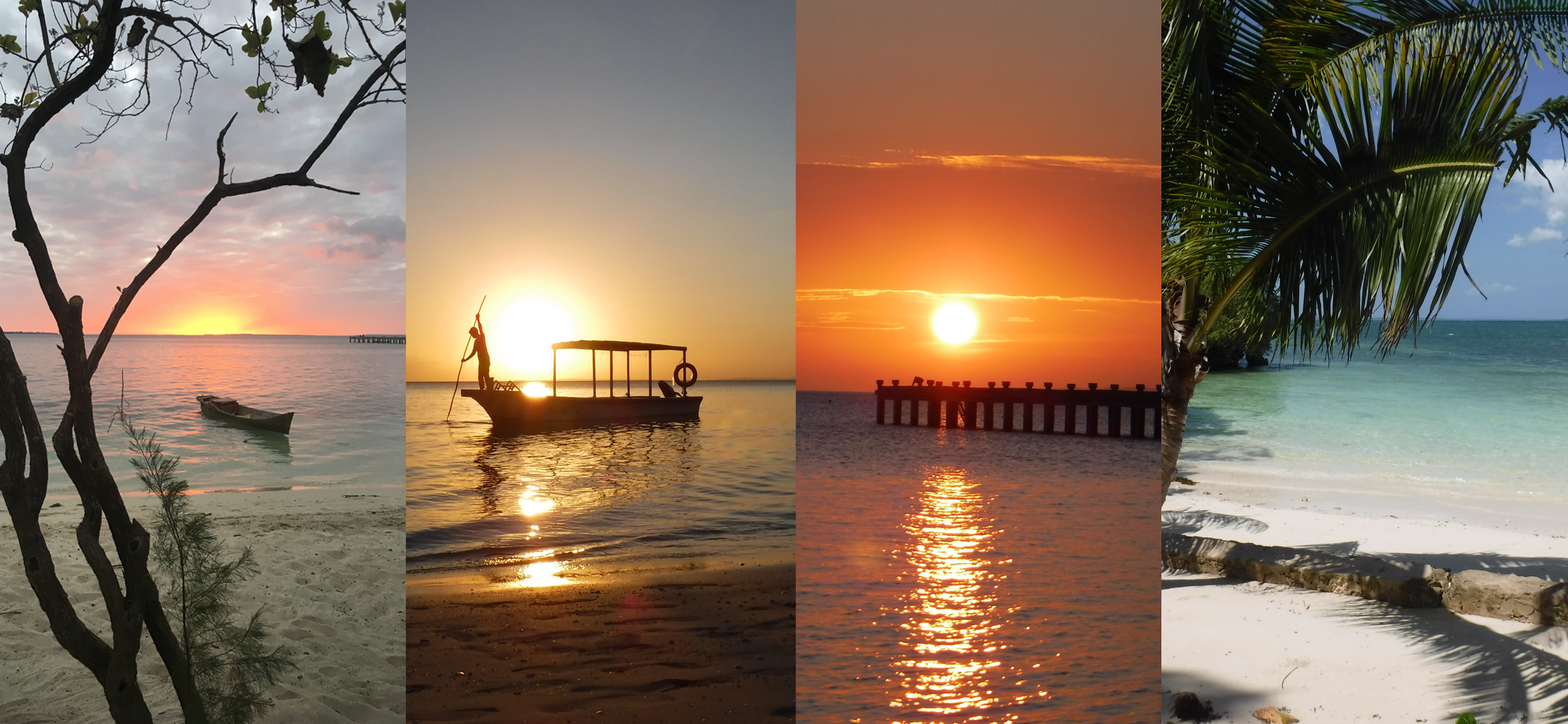Presenting to parliamentarians at the STEM for Britain poster competition
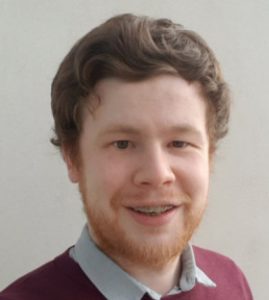 Five early-career researchers from Imperial recently presented their research at the annual STEM for Britain parliamentary poster competition.
Five early-career researchers from Imperial recently presented their research at the annual STEM for Britain parliamentary poster competition.
Ben Lewis, who works in the Vilar and Kuimova research groups in the Department of Chemistry, and the Vannier group at the MRC London Institute of Medical Sciences, won the Gold Award in the Chemistry category for his research: ‘G-Quadruplexes: Unravelling the next knot in the DNA story’.
In this blog post he reflects on what it was like to present his work to MPs and Lords at the Palace of Westminster.
By Ben Lewis
As PhD students, we often get opportunities to present our work to other researchers – whether within Imperial or beyond. It is very unusual, though, for us to have the chance to present to MPs and Lords. That’s one of the unique features of the STEM for Britain poster competition, held annually for early-career researchers by the Parliamentary and Scientific committee.
In normal years, the event takes place at the Palace of Westminster itself and brings together a range of scientists from academia and industry with parliamentarians. Sadly, this year an in-person event was not an option – but it was particularly amazing that the competition could still happen in spite of the ongoing pandemic. We still got to engage with one another – just through Zoom and the screens of our laptops.
An impressive diversity of research
This competition also brings together all fields of science, with categories for Chemistry, Biology, Physics, Engineering and Mathematics – a great opportunity to hear about a range of work, which isn’t always the case in many of our field-segregated conferences and seminars. Reading posters on topics from tackling traumatic injury, to simulating seismic effects on Mars shows the breadth of impressive work going on at institutions all around the UK.
Within the Chemistry category that I entered, I was honoured to be selected as one of ten finalists to present my work at the event itself – and delighted to have been awarded the Gold Medal for Chemistry. Even in just this one category, the diversity of research was fascinating – everything from producing nanomaterials to treating brain cancers was on display.
Bringing complex research to life
We all faced a similar challenge – taking our very detailed and involved research and presenting it as a poster and a three-minute presentation that would speak to the broad audience this event has – including a number of parliamentarians who are interested to hear about the world of research, but have no science background themselves. It was particularly great to see Andy Slaughter – the local MP for the White City campus, where I am based – in attendance for the award ceremony, in addition to a range of other MPs and Lords. Knowing there are so many parliamentarians wanting to hear more about the latest scientific research is very heartening. Giving our usual academic presentations just wouldn’t be right for an audience like this.
In my case, that meant taking all the unusual concepts which make up my very interdisciplinary PhD – including G-Quadruplex DNA structures and Fluorescence Lifetime Imaging Microscopy, not concepts that most people, even scientists, have ever heard of – and bringing them to life very quickly. Really what my research is about is finding the unusual DNA structures we’re interested in inside living cells – a challenge which is very tough, but by using a specialist method we have been able to achieve this and are now trying to unravel the important effects they have on a wide range of biological processes.
Thanks to the Graduate School!
Thankfully, being in my final year, I’ve had the chance to attempt this before. Especially helpful were events run by Imperial’s Graduate School, challenging students to present their work in a brief and easily understood way. These courses and competitions are a really great opportunity to find the core of what makes your research exciting and how to put it across in an engaging manner. The only way to get better is to have a go. At Imperial and beyond there are plenty of opportunities out there, so putting yourself forward is something I’d recommend to any PhD student.
Why communication is key
It is taking part in events like STEM for Britain which make it obvious that if we can’t tell a wider audience about all the research we do in a way they understand and find interesting, our work will never achieve its potential. That means being able to tell the wider public, and especially being able to tell policy makers, why they should care. At the very least, these are people who help decide what funding future scientific research receives, but more importantly they are the people who can help to take what we have discovered and do something about it on a wider stage. This ability to make a much bigger difference is part of the reason why, when I soon finish my PhD, I’ve become interested in being more involved at this interface between science and the world of policy.
Being part of a competition like this is very rewarding. There is prize money (which is always appreciated!) but there’s also the platform to get others excited about the research you devote your time to; the chance to see what lots of other researchers are discovering; and an opportunity to improve a skill set which I believe is hugely important to us all as researchers. It is an incredible honour to have had our research recognised at such a prestigious event, and it only gives me more motivation to get back to the lab to see what we can accomplish next.
Find out more
For further information, you can view Ben’s poster and watch his 3-minute presentation, and check out the work of the other prize-winners here.
 In this blog post, undergraduate Physics student, Anthea MacIntosh-LaRocque, reflects on her involvement in a
In this blog post, undergraduate Physics student, Anthea MacIntosh-LaRocque, reflects on her involvement in a 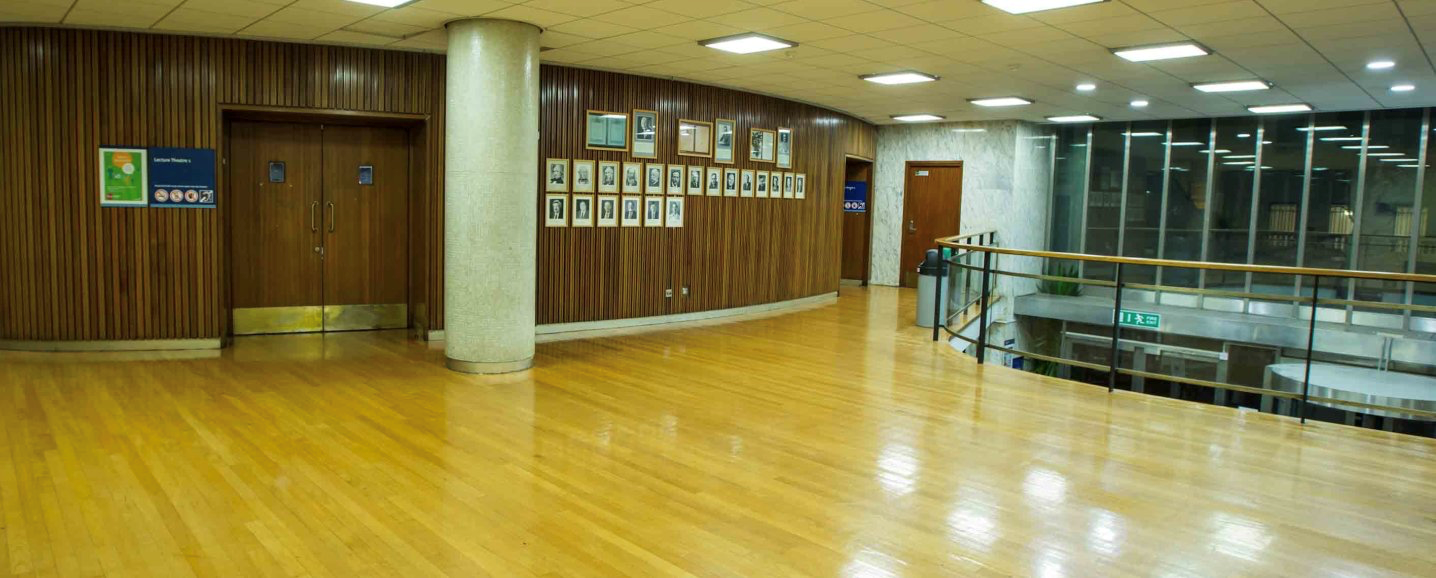


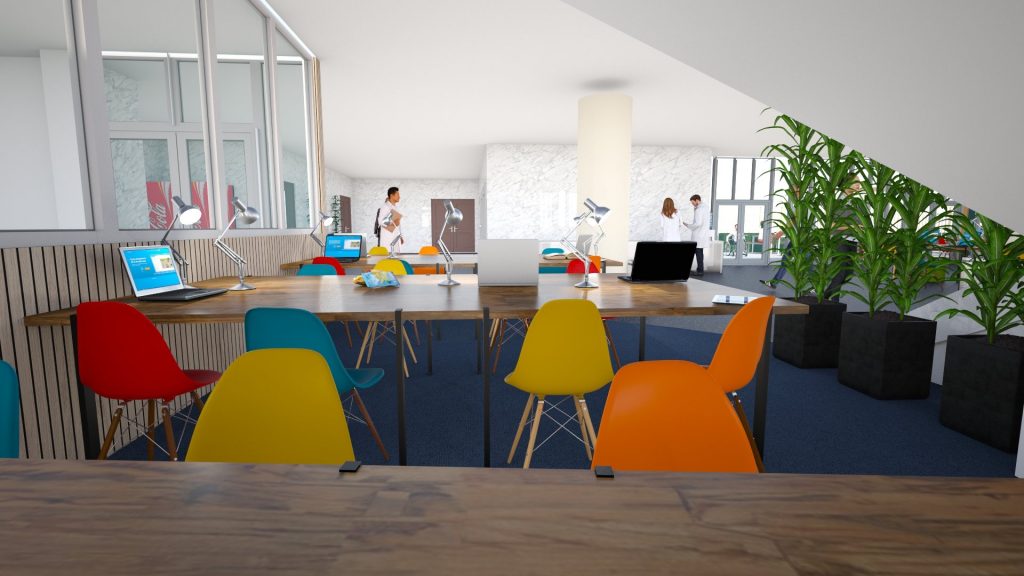
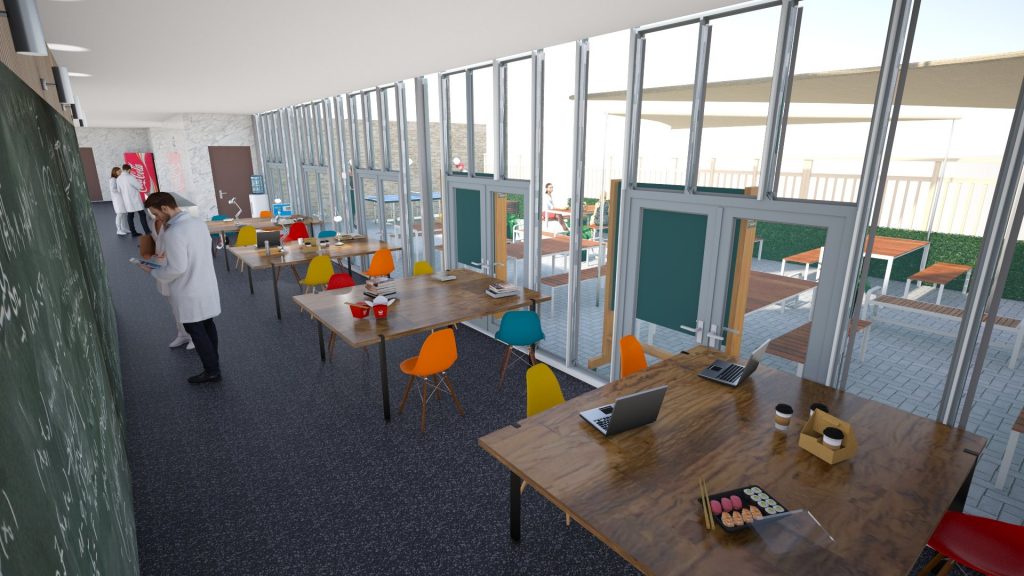
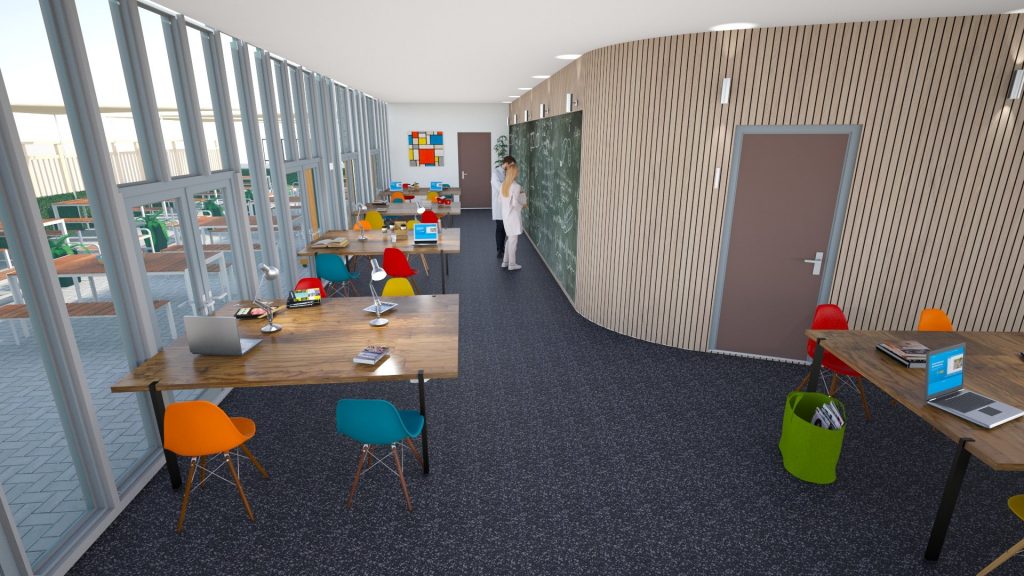
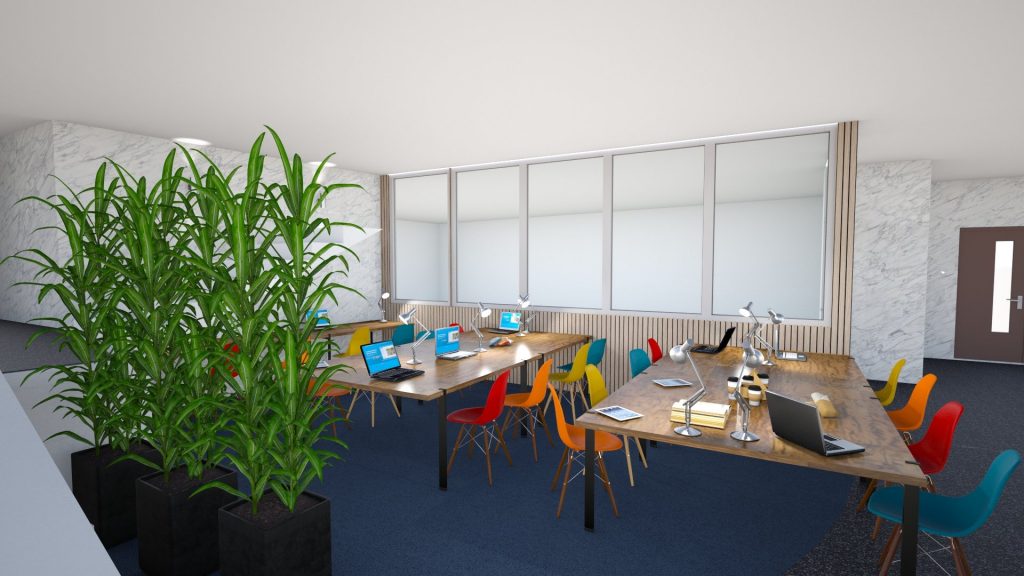

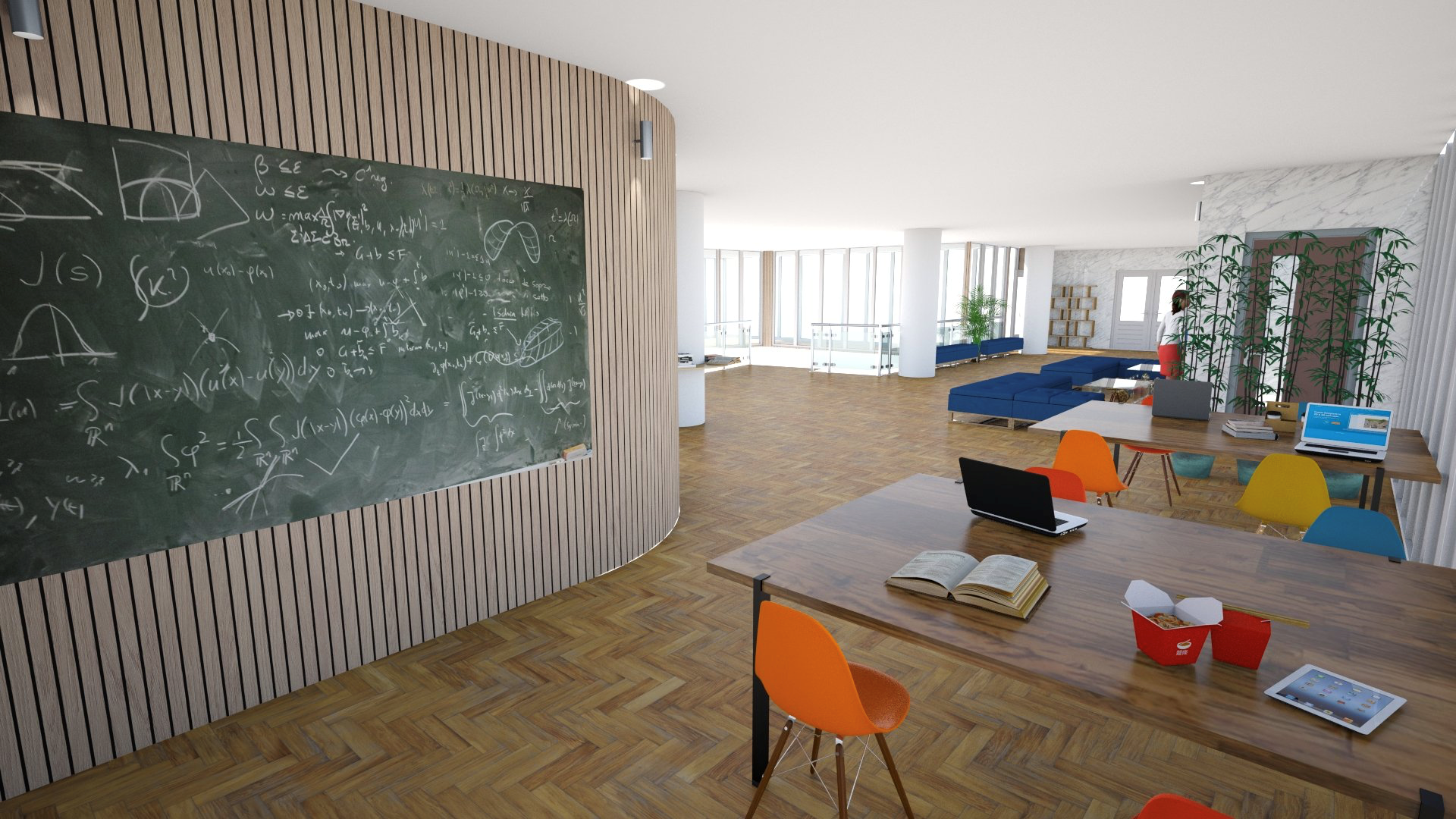
 Postgraduate student, Kitty Froggatt, is currently studying an
Postgraduate student, Kitty Froggatt, is currently studying an 